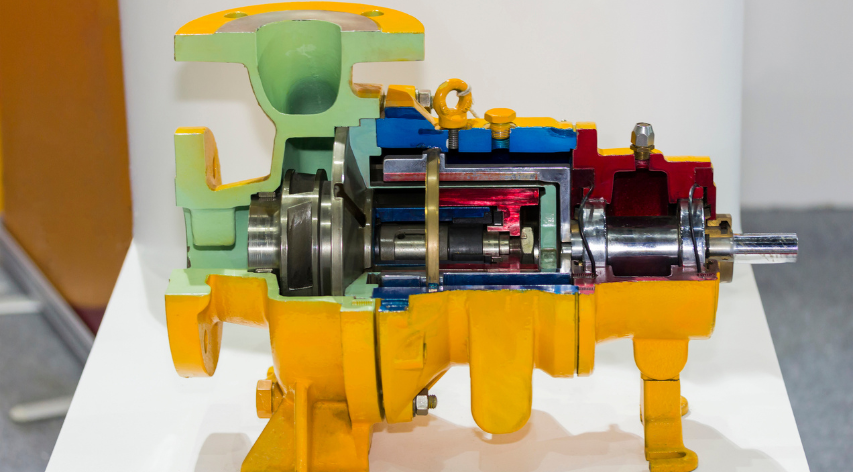Why Do Clamped Connections With Metallic Seals Sometimes Leak?


Clamp connections with metallic seals can offer superior joint integrity over traditional flanged connections but caution must be exercised regarding the service conditions, especially when cyclic thermal loading is present. This blog post highlights aspects of a clamp connection analysis performed by Becht Engineering. The client had observed significant loss of bolt preload at several clamp connections installed in a refinery process unit where the fluid temperature regularly fluctuated by 700oF. The client attempted to counteract the bolt preload loss by re-torqueing any bolts that showed a torque reduction from the initially applied torque only to find that, after a period during which thermal cycles occurred, the preload was again reduced.
A typical clamp arrangement is seen in Figure 1 (with parts labeled).

After reviewing the installation and service conditions, it was hypothesized that the cause of the bolt preload loss could be the differential thermal growth of the clamp components occurring during the transient thermal events that formed part of the normal operating conditions. The hypothesis was as follows:
A rapid increase in fluid temperature will cause the metallic seal to heat up faster than the hubs and the differential expansion between the seal and the hub may force the seal to yield in compression. When again exposed to the cooler fluid, the thermal contraction will, with the yielding of the seal, result in a reduced contact pressure between the hub and the seal. This in turn reduces the contact pressure between the hubs and the clamps and the result is a reduced bolt preload with an increased risk of leakage. If the bolts are re-torqued to the initial pre-load, the next thermal cycle will repeat the process, with additional seal yielding.
The structural response of the clamp connection to the thermal transient event can be simulated using Finite Element Analysis (FEA). Becht Engineering developed an FEA model of the clamp connection, see Figure 2.

This model included contact conditions at all contact interfaces and temperature-dependent thermal and elastic-plastic material properties and large-displacement theory. Heat transfer conditions were obtained through forced convection correlations for the wetted surfaces based on the flow conditions. Natural convection correlations were utilized for the exterior surfaces.
The model was simulated for the transient heat-up of the fluid observed in the process records, the pressure-based loads and the bolt preload obtained from site maintenance records. Field temperature measurements of the exterior surfaces were obtained through infrared thermography and were used to calibrate the model heat transfer coefficients, see Figure 3.

These temperature distribution histories were coupled with the mechanical model to predict displacements, strains and stresses throughout the joint. Yielding was noted at several contact interfaces of the clamp assembly and, after the pre-transient temperature was resumed, a loss of contact pressure between hubs and clamps and a substantial loss of bolt stress was observed. See Figures 4, 5 and 6 below.

The predicted bolt stress after the thermal cycle was approximately 14% of the initial bolt stress following preload, which is in the range of post-transient bolt stress observed in the field (from as low as 8% to a high of 50%). The drop in contact stress is of similar magnitude. Hypothesis that the thermal transient load can cause the observed loss of bolt preload appears to be validated; this demonstrates that the use of clamped connections in thermal cycling service should be carefully considered.
The selection of proper components and equipment for refinery units can be a complex process navigating a seemingly endless array of options. Lessons learned should be captured and passed down through procurement standards and mentoring of owner’s engineers involved in procurement and design QA/QC. These lessons can be validated by sophisticated analyses but catching the selection of any inappropriate components early in the design process eliminates the need for costly analysis and re-work.
If you would like to comment on this blog you may do so at the bottom of the article. If you would like more information from Becht Engineering, please click below:






